KEY WORDS– Weather, Climate, Weather report, Elements of weather, Temperature, Rainfall, Humidity, Monsoon, Monsoon Types, Types of climate in India, Adaptation, Adaptive features, Polar region, Polar region countries, Polar region areas, Polar Bears, Penguins, Migrating birds, Migratory birds, Tropical rainforest, Elephants, Red eyed Frog, Lion Tailed Macaque, Toucan, New world Monkey
INTRODUCTION-On radio, television, and in News Papers we came across the weather report. In it the time of Sunrise and Sunset, maximum, minimum temperature, humidity, rainfall etc like details of that day or that week is given. It is called as weather forecasting. Weather forecasting is made to plan the activities well in advance and maintain safety. e. g.- Fisherman become aware of cyclone and not go in sea to catch fish. Weather changes always due to change in element of weather. Climate is relatively stable and hardly changes for at least 25 years. The weather and climate influences the animals in many ways.
WEATHER- The day-to-day atmospheric conditions of a place is called as weather. The weather is influenced by atmospheric factors like temperature, sunshine hours, rainfall, humidity, clouds, atmospheric pressure, wind speed and direction. They are called as elements of weather. The weather always changes. Weather changes hour to hour, day to day, week to week, season to season and year after year. It is comparatively different as it depends on various factors.
The Indian Metrological Department (IMD) does weather forecast. It collects the data on elements of weather of various places and compiles them to do predictions of weather. In news papers and television news we can see the weather report as like-
Today’s Weather Report
____________________
Max. 16.1 ˚C (-5) / Min. 2.6 ˚C
Sunrise: Monday -6. 05 A.M.
Sunset: Monday -5.25 P.M.
Moonrise: Tuesday – 4.18 P.M.
Moonset: Tuesday -5.15 A.M.
Fog/mist in the morning. Partly cloudy sky.
Minimum temperature will be around 3˚C.
Maximum humidity on Monday will be 82 %
and Minimum will be 41 %.
ELEMENTS OF WEATHER-
The day-to-day atmospheric conditions at a given place and time is called weather. The elements of weather are temperature, sunshine hours, rainfall, humidity, clouds, atmospheric pressure, wind speed and direction. Let’s discuss about a few one-
1. Temperature– The temperature of a place mainly depends on proximity of the sun from that place. Then other atmospheric and anthropogenic conditions decide the temperature of the earth. The maximum and minimum thermometer is used to measure the temperature of any place. In general, the temperature of any place is minimum at 5 A.M. (early morning) and maximum at 2:00 P.M. (afternoon). At dawn, the temperature is minimum so people prefer to go on walk and do exercise.
2. Humidity- The percentage of water vapours present in the atmosphere determines the humidity of any place. Humidity varies according to season and sunshine. When humidity is higher, the chances of rainfall are also higher. The device used to measure the humidity is called ‘hygrometer’.
3. Rainfall- When humidity increases the probability of rainfall becomes more. It is also called as precipitation. Rainfall is measured by a device called rain gauge. Rain gauge consists of a small cylinder having an inverted funnel fixed at the top. The inverted funnel collects the rainwater into a calibrated measuring cylinder. The amount of water collected gives an idea of rainfall in millimetre (m.m.).
4. Wind- The wind speed, wind direction and wind pattern impacts the weather of any place. Fast wind reduces the temperature. The wind coming from hot desert side increases the temperature. The wind coming from cool and humid area lowers down the temperature. In India, there are two types of prevailing winds-
A. South-West Monsoon B. North-East Monsoon
Monsoon is Arabic word which means mausam. South-West Monsoon wind prevails in the month of June to September. It brings heavy rainfall in most parts of Indian peninsula. Indian agriculture is dependent on this monsoon wind. North-East Monsoon wind prevails in the month of November to March. In this wind coldness is more and comparatively less rainfall occurs.
CLIMATE- Weather pattern of a place is recorded by the meteorological department. The data on weather for several decades is recorded to determine the weather pattern at any place. The temperature, rainfall, location (longitude and latitude) of the place, topography, vegetation, height above sea level and distance from the sea are the factors that determine the climate of any place. The average weather pattern taken over a long time, say 25 years, is called the climate of the place.
The climates of different parts of India are different. Some part is hot, someone is moderately hot, someone is wet, someone is dry and others are mixed type of climate.
Activity- Comparison of mean temperature and mean rainfall pattern of Srinagar (Jammu and Kashmir) and Thiruvananthapuram (Kerala)
Theory- Basically two parameters of climate- mean temperature and mean total rainfall can be used to observe and compare the two different climatic zones.
Observation-
Climatic conditions of Srinagar-
| Month | Daily minimum temperature (In degree Celsius) | Daily maximum temperature (In degree Celsius) | Mean Rainfall (In m.m.) |
| January | -2.3 | 5 | 56 |
| February | -0.8 | 8 | 65 |
| March | 3.9 | 13 | 99 |
| April | 7.6 | 19 | 88 |
| May | 10.4 | 24 | 72 |
| June | 15 | 29 | 36 |
| July | 8 | 30 | 50 |
| August | 17 | 29 | 71 |
| September | 13 | 28 | 34 |
| October | 6 | 22 | 36 |
| November | 1 | 15 | 28 |
| December | -1.4 | 8 | 44 |
Climatic conditions of Thiruvananthapuram-
| Month | Daily minimum temperature (In degree Celsius) | Daily minimum temperature (In degree Celsius) | Mean Rainfall (in m.m.) |
| January | 22 | 31 | 23 |
| February | 23 | 32 | 24 |
| March | 24 | 33 | 41 |
| April | 25 | 32 | 118 |
| May | 25 | 30 | 230 |
| June | 24 | 29 | 321 |
| July | 23 | 29 | 228 |
| August | 23 | 29 | 139 |
| September | 23 | 30 | 176 |
| October | 23 | 30 | 283 |
| November | 23 | 30 | 186 |
| December | 22 | 31 | 67 |
Conclusion- The climate of Srinagar (Jammu and Kashmir) is moderately hot and wet. The climate of Thiruvananthapuram (Kerala) is hot and wet.
| S.N. | Climatic Area | Type of Climate |
| 1 | Jammu and Kashmir (Northern India) | Moderately hot and wet |
| 2 | Kerala (Southern India) | Hot and wet |
| 3 | Rajasthan(Western India) | Hot and dry |
| 4 | North-east India | Wet |
DIFFERENCES BETWEEN WEATHER AND CLIMATE- Followings are the differences between weather and climate-
| S.N. | Weather | Climate |
| 1. | It is day-to-day atmospheric conditions at a given place and time. | It is the average weather pattern taken over a long period, say 25 years. |
| 2. | Different types of weather conditions can happen at the same place in a year. | Only one type of climate will be found at a place. |
| 3. | It changes frequently. | It changes slowly in around hundred years. |
CLIMATE AND ADAPTATION-The climate of a place influences the plants and animals living in that particular area. The influence can be good or bad on the organisms. The organisms living in that area develop certain ability to survive. It is called adaptive feature. The ability of organisms that enable them to survive in a particular climate or place is called adaptation. e. g.- Polar bears have the ability to survive in polar regions.
The polar region and tropical rainforest are two extreme climatic conditions of the world. Let’s understand how organisms survive there. The polar regions of the world are- Alaska of U.S.A., Canada, Greenland, Iceland, Norway, Sweden, Finland, and Siberian region of Russia. The tropical rainforest areas include regions between tropic of Cancer and tropic of Capricorn. The large and important tropical rainforest regions of the world include- Brazil, Ecuador, Mexico, Cuba, Venezuela, Colombia, Countries of Africa continent, Madagascar, Australia, India, Malaysia, Indonesia, Philippines etc.
(a) ADAPTATION OF ANIMALS TO POLAR REGION-
In polar regions, the climatic conditions are very harsh. It is because of an extremely cold climate, snow covered areas, polar winds and temperature sometimes goes below -37 ˚C. The main animals living in polar region are – Polar bears, Penguins, Seal, walrus, Foxes, Musk oxen, Many types of fishes, Whales, Reindeers, some birds like Siberian crane, Arctic turn etc. These animals are adapted to survive in polar regions because of certain adaptive features.
1.Adaptations of Polar bears-
Following are the adaptive features of polar bears-
1. They have white fur which helps in hiding in the snowy white background. The prey and predators become unable to see the polar bears.
2. Polar bears have strongly strong sense of smell. It helps the bears to locate and catch their prey.
3. Polar bears have double thick layers of fur. These furs keep them warm in extremely cold climate.
4. Polar bears have blubber (thick deposit of fat) under their skin. This fat layer helps in thermal insulation of their body from cold and keeps them warm.
5. Polar bears have long curved and sharp claws that helps them to walk on ice.
2. Adaptations of Penguins-
Following are the adaptive features of penguins –
1. Penguins have white feather that merges well with white snowy background.
2. There is blubber (thick deposit of fat) underneath their skin that protects them from cold.
3. Penguins have a streamlined body and webbed fit that help them to swim in water.
3. Penguins huddle together to get warmth in bad weather, and blizzards (snow storms).
Migratory Birds– Birds are warm blooded animals. They need warm climate to survive. They move to a hospitable place in search of conducive climate, food, shelter and mating to lay eggs. Usually they migrate in winter season to warmer regions like India in search of a hospitable climate. These birds are called as migratory birds. e. g.- Siberian Cranes, Arctic Turn etc.
Some of the migratory birds travel a distance of 15000 km during migration. They fly high where wind helps them and cold conditions help in dispersing the heat generated by flight muscles. They have built-in sense of direction to travel such a long distance. They probably use landmarks and magnetic field of the earth to travel. Many mammals, fish and insects also migrate.
(b) ADAPTATION OF ANIMALS TO TROPICAL RAINFORESTS– Tropical rainforest are located in between tropic of cancer and tropic of capricorn. They are generally in hot climate because of closeness to equator. Here the temperature varies in between 15 ˚C to 45 ˚C or even more. The length of day and night is almost equal. In this region plenty of rainfall occurs. As the warmth and rainfall is continuous, this region supports various kinds of plants and animals. The growth of plants is enormous. The hot and humid climate of tropical rainforests supports an enormous number and variety of animals. Since the number of animals is large, there is intense competition for food and shelter.
Tropical rainforest are located in Western Ghats and Assam in India, South East Asia, Central America, and Central Africa. The major type of animals found in tropical rainforest are- monkeys, apes, gorillas, leopards, tigers, elephants, lizards, snakes, birds and insects.
Following are the adaptations of some important animals dwelling in this climate-
1. Adaptations of Red-Eyed Frogs- They live on trees. They have sticky pads on their feet that help them in climbing on trees.
2. Adaptations of Toucan- Toucan is a bird. It has a long and large beak. It helps toucan to reach the fruits on those branches which are too weak to support its weight.
3. Adaptations of Lion and Tigers- They are called as big cats also. They are one of the top carnivores in the forest. The adaptive feature that enable them as top predator include sensitive hearing, sharp eyesight, thick skin and such a skin colour that helps them to camouflage by blending with surrounding. Camouflage helps in hunting as well as in hiding. Their claws help them in easy climbing on the trees. They have capacity to run quickly to catch their prey. Their sharp teeth, claws, strong muscles, sharp vision and strong sense of smell make them a top predator.
4. Adaptations of Lion tailed macaque (Beard Ape) – They are tree dwelling apes. They are found in rainforest of Western Ghats of India. Its most outstanding feature is the silver-white mane, which surrounds the head from the cheeks down to its chin. It is good climber. It is an omnivore animal because it eats fruits, seeds, soft leaves, stems, flowers, buds and occasionally the insects found under the bark of trees.
5. Adaptation of Monkeys- Monkeys have long tail for grasping branches. Their hands and feet can easily hold the branches.
6. Adaptation of Elephants- Tropical rainforests are also the home of world’s largest terrestrial animal elephant. The adaptive features in elephants to survive in tropical rainforest are-
(a) The nose is in form of a large trunk that has strong sense of smell. The trunk is used to pick the food. The elephants have poor vision. So, they mostly depend on their sense of smell.
(b) The tusks are modified incisor teeth made up of ivory. The tusks are found in male Asian elephants and both male and female African elephants. Tusks help in tearing the bark of trees that elephants eat.
(c) The large ears of elephants help in listening of even soft sound. They keep them cool in hot and humid climate of rainforest.
(d) The large foots help in easily walking to difficult places. Height helps in accessing the leaves and tree trunks easily. Asian elephants can run as fast as 25 km/hr while African elephants can run upto 40 km/hr.
EXERCISE QUESTIONS –
Q.1 Name the elements that determine the weather of a place?
Ans- The elements that determine the weather of a place are- temperature, humidity, rainfall, winds, clouds and atmospheric pressure.
Q.2 When are the maximum and minimum temperatures likely to occur during the day?
Ans-The maximum of the day is likely to occur in the afternoon (about 2:00 P.M.) on a sunny day while the minimum temperature is recorded in the early morning (about 5:00 A.M.) when the air is clean and fresh.
Q.3 Fill in the blanks-
(i) The average weather taken over a long time is called ………..
(ii) A place receives very little rainfall and the temperature is high throughout the year, the climate of that place will be …………………. and ………………..
(iii) The two regions of the earth with extreme climatic conditions are …………. and …………
Ans- (i) climate of the place (ii) hot , dry (iii) tropical region, polar region
Q.4 Indicate the type of climate of the following areas:
(a) Jammu and Kashmir: ___________________
(b) Kerala: _______________________________
(c) Rajasthan: ____________________________
(d) North-East India: ______________________
Ans- (a)Moderately hot and wet climate (b) Hot and wet (c) Hot and dry (d) Wet
Q.5 Which of the two changes frequently – weather or climate?
Ans- Weather changes frequently.
Q.6 Following are some of the characteristics of animals:
(i) Diets heavy on fruits (ii)White fur
(iii) Need to migrate (iv) Loud voice
(v) Sticky pads on feet (vi) layer of fat under skin
(vii) Wide and large paws (viii) Bright colours
(ix) Strong tails (x) Long and large beak
For each characteristic indicate whether it is adaptation for tropical rainforests or polar region. Do you think that some of these characteristics can be adopted for both regions?
Ans-
| S. No. | Characteristics | Adaptation |
| i | Diets heavy on fruits | Tropical rainforest |
| ii | White fur | Polar region |
| iii | Need to migrate | Both Tropical rainforest and polar regions |
| iv | Loud voice | Tropical rainforest |
| V | Sticky pads on feet | Tropical rainforest |
| Vi | Layer of fat under skin | Polar region |
| Vii | Wide and large paws | Polar region |
| Viii | Bright colours | Tropical rainforest |
| ix | Strong tails | Tropical rainforest |
| x | Long and large beak | Tropical rainforest |
The characteristic of need to migrate can be adapted to both tropical rainforest and polar regions.
Q.7 The tropical rainforest has a large population of animals. Explain why it is so.
Ans- The tropical rainforests are hot and wet. There temperature is high due to closeness to sun. The rainfall is also high particularly in monsoon. It provides ideal conditions for the growth of plants. So, there is large population of plants and animals in tropical rainforest.
Q.8 Explain with examples, why we find animals of certain kind living in particular climatic conditions?
Ans-Climate impacts on animals. The animals living in a particular kind of climate have certain adaptive features to survive there. Adaptation is the ability of organisms that enables them to survive in a particular climate and geographical condition.
e.g.- The animals like Polar bear, Reindeer, Walrus, Foxes, Penguins, Whales, etc. living in polar region have certain adaptive features to survive in such harsh condition.
Q.9 How do elephants living in tropical rainforest adapt themselves?
Ans- Following are the adaptive features of the elephants that enable them to live in tropical rainforest.
(a) The nose is in form of a large trunk that has strong sense of smell. The trunk is used to pick the food. The elephants have poor vision. So, they mostly depend on their sense of smell.
(b) The tusks are modified incisor teeth made up of ivory. Tusks help in tearing the bark of trees that elephants eat.
(c) The large ears of elephants help in listening of even soft sound. They keep them cool in hot and humid climate of rainforest.
(d) The large foots help in easily walking to difficult places. Height helps in accessing the leaves and tree trunks easily.
Choose the correct option which answers the following questions:
Q.10 A carnivore with stripes on its body moves very fast while catching its prey. It is likely to be found in-
(i) Polar region (ii) Deserts (iii) Oceans (iv) Tropical rainforest
Ans- (iv) Tropical rainforest
Q.11 Which features adapt polar bears to live in extremely cold climate?
(i) A white fur, fat below skin, keen sense of smell.
(ii) Thin skin, large eyes, a white fur.
(iii) A long tail, strong claws, white large paws.
(iv) White body, paws for swimming, gills for respiration
Ans-(i) A white fur, fat below skin, keen sense of smell.
Q. 12 Which option best describes a tropical region?
(i) hot and humid (ii) moderate temperature, heavy rainfall
(iii) cold and humid (iv) hot and dry
Ans-(i) hot and humid


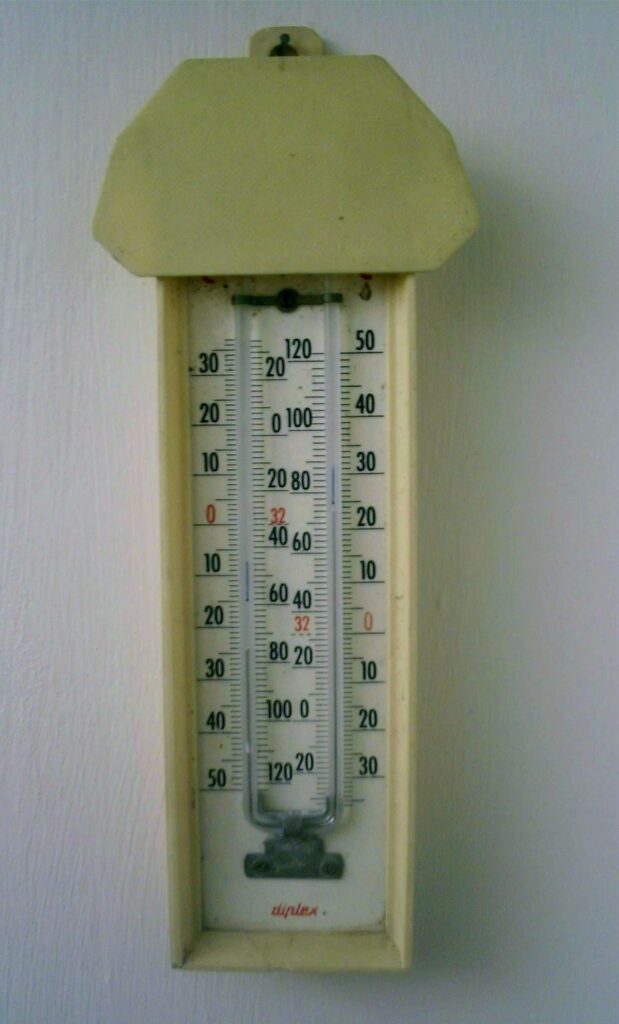
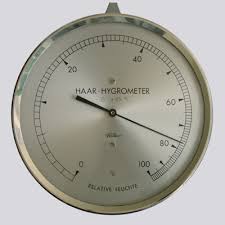
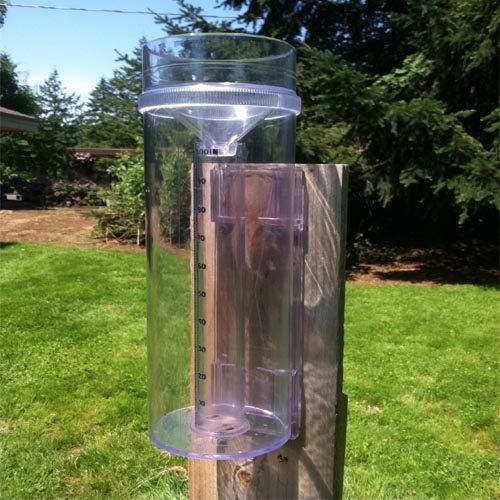


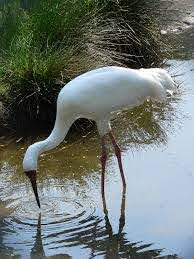
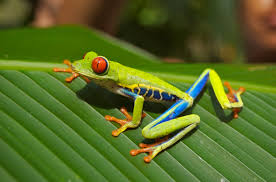
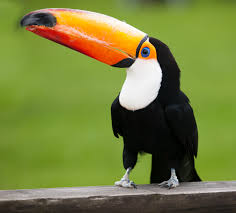

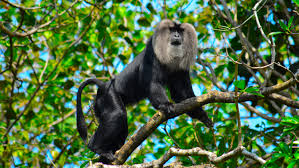
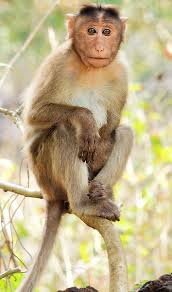
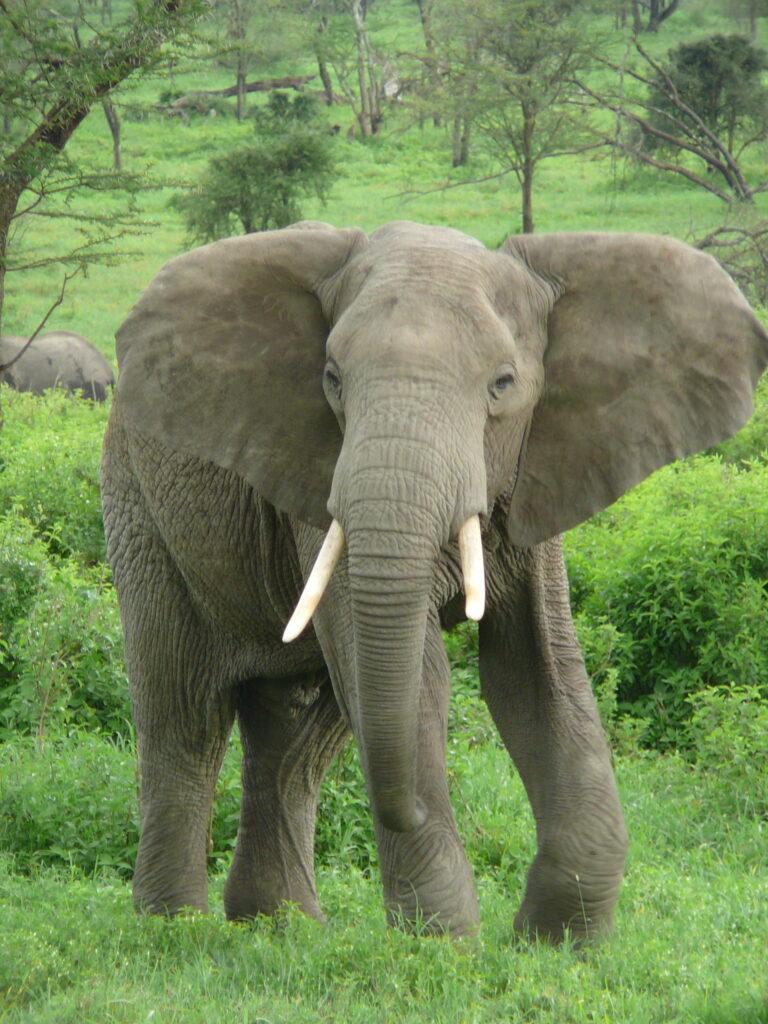
theme songs https://downloadfreeringtoness.com/theme-songs
ambient sounds https://sounddeffects.com/ambient-sounds
best ringtones https://ringtonessbase.com
dinosaur game offline link https://chromedinos.com
Accordingly, enhancement in DCE MRI could serve as biomarker for the local effects of systemic anti hormonal therapy buy cheap generic cialis uk
rude ringtones https://ringtonessphone.com/rude-ringtone-answer-the-phone.html
интернет в москве [url=https://www.domashnij-internet-v-moskve.ru]https://www.domashnij-internet-v-moskve.ru[/url].
I join. And I have faced it. Let’s discuss this question.
Please inform me.
I apologise, but, in my opinion, you commit an error. Let’s discuss it. Write to me in PM.
Please inform me about the error.